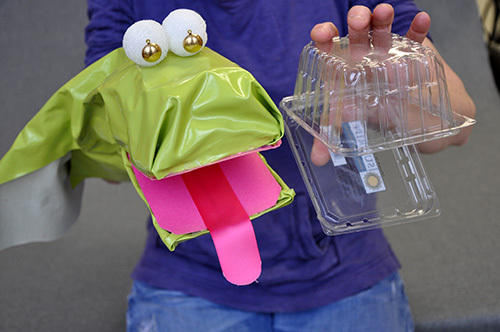
Materials for the Arts is one of those organizations you look at and say to yourself – it’s so obvious – collect surplus materials from businesses and individuals and redistribute them to nonprofits with ongoing arts programming and schools – why doesn’t every community have a recycling program like this one?
Harriet Taub, Executive Director for Materials for the Arts (qui est devenu l'un des plus grands centres de réutilisation dans les États-Unis), has helped lead the organization for almost 18 ans; she says that starting its education program is what she is most proud of. “When I came to MFTA in 1998, we were basically a collection and donation program. I knew early on that newly registered teachers would become better shoppers if they were shown ways to incorporate non-traditional arts materials into their classroom curriculum.” So Harriet started by teaching ‘hat making’ et «aucune couture’ ateliers costume de prise, et alors, avec ses matériaux pour le collègue Arts, Joy Suarez, began to offer week-long workshops for educators through the New York City Department of Education’s Office of Professional Development.
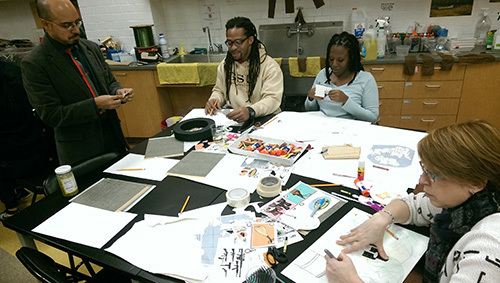
Avance rapide 15 ans: this dynamic hands-on studio-style Professional Development Workshop team now works with thousands of teachers and in turn, with tens of thousands of students through their workshops, free field trip program and in-school residencies. “Our Education Program is changing the way adults and children view materials and helping reduce the amount of unwanted materials headed for the landfill.” Et donc, at Materials for the Arts, Harriet notes, “Every day is Earth Day.”
We asked our MFTA experts to come up with 10 really innovative things anyone can do to protect our earth with a little bit of creativity:
1. Turn your beverage containers into garden décor – e.g. glass bottles can be turned into terrariums. Plastic soda bottles – 1 litre – can be cut in half and the spout can be turned upside down for drainage, and plant inserted into the body of the bottle and placed in your garden or window box or curbside tree box.
2. Junk mail envelopes can be turned into envelope books with string and magazine clippings.
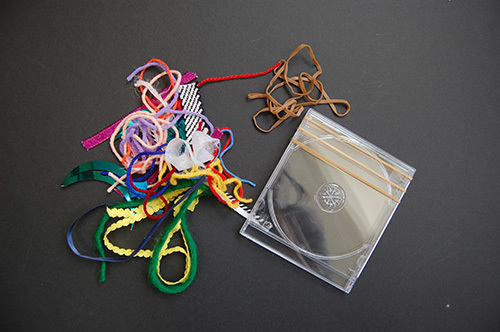
3. Don’t buy new things – create new, fashionable clothing from your torn and worn items. You can take strips of your woven clothing and weave them into new designs.
4. Old technology, including CD’s and CD cases, can be repurposed into small desk calendars, wind-chimes, bases for collage; photo frames; frames for weavings with rubber bands.
5. Make musical instruments with plastic bottles filled with beads or beans. Metal coffee cans can be used for percussion instruments. Bottle caps can be strung together to make hand held percussion instruments.
6. Puppets can be made out of washed chop sticks, fabric scraps, tassels, buttons or even hanging file folders – no one files paper anymore!

7. Paper bags can be transformed into the bases for fabulous hats and headdresses or masks for plays and oral presentation in classrooms.
8. Cardboard boxes can be repurposed for storage (why buy plastic?) as well as lightweight furniture – tables and chairs for children.
9. Binders can be refashioned into portfolios, clutch handbags or birdhouses.
10.Take your extra string, buttons, beads, zippers, bottle caps, ribbon and paper clips to create personalized jewelry – necklaces, bracelets and pins.
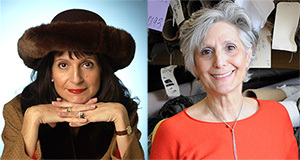

Rejoignez-moi et leaders d'opinion de renommée mondiale dont Sir Michael Barber (Royaume-Uni), Dr. Michael Bloquer (États-Unis), Dr. Leon Botstein (États-Unis), Professeur Clay Christensen (États-Unis), Dr. Linda Darling-Hammond (États-Unis), Dr. MadhavChavan (Inde), Le professeur Michael Fullan (Canada), Professeur Howard Gardner (États-Unis), Professeur Andy Hargreaves (États-Unis), Professeur Yvonne Hellman (Pays-Bas), Professeur Kristin Helstad (Norvège), Jean Hendrickson (États-Unis), Professeur Rose Hipkins (Nouvelle-Zélande), Professeur Cornelia Hoogland (Canada), Honorable Jeff Johnson (Canada), Mme. Chantal Kaufmann (Belgique), Dr. EijaKauppinen (Finlande), Le secrétaire d'Etat TapioKosunen (Finlande), Professor Dominique Lafontaine (Belgique), Professeur Hugh Lauder (Royaume-Uni), Seigneur Ken Macdonald (Royaume-Uni), Professeur Geoff Masters (Australie), Professeur Barry McGaw (Australie), Shiv Nadar (Inde), Professeur R. Natarajan (Inde), Dr. PAK NG (Singapour), Dr. Denise Pape (États-Unis), Sridhar Rajagopalan (Inde), Dr. Diane Ravitch (États-Unis), Richard Wilson Riley (États-Unis), Sir Ken Robinson (Royaume-Uni), Professeur Pasi Sahlberg (Finlande), Professeur Manabu Sato (Japon), Andreas Schleicher (PISA, OCDE), Dr. Anthony Seldon (Royaume-Uni), Dr. David Shaffer (États-Unis), Dr. Kirsten immersive, (Norvège), Chancelier Stephen Spahn (États-Unis), Yves Thézé (LyceeFrancais États-Unis), Professeur Charles Ungerleider (Canada), Professeur Tony Wagner (États-Unis), Sir David Watson (Royaume-Uni), Professeur Dylan Wiliam (Royaume-Uni), Dr. Mark Wormald (Royaume-Uni), Professeur Theo Wubbels (Pays-Bas), Professeur Michael Young (Royaume-Uni), et le professeur Zhang Minxuan (Chine) alors qu'ils explorent les grandes questions d'éducation de l'image que toutes les nations doivent faire face aujourd'hui.
La recherche globale pour l'éducation communautaire page
C. M. Rubin est l'auteur de deux séries en ligne largement lecture pour lequel elle a reçu une 2011 Upton Sinclair prix, "Le Global Search pour l'éducation» et «Comment allons-nous savoir?"Elle est également l'auteur de trois livres à succès, Y compris The Real Alice au pays des merveilles, est l'éditeur de CMRubinWorld, et est une fondation perturbateurs Fellow.
Suivez C. M. Rubin sur Twitter: www.twitter.com/@cmrubinworld

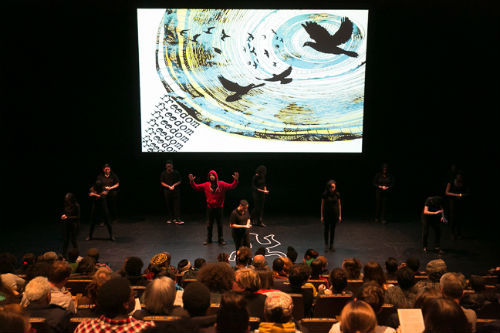
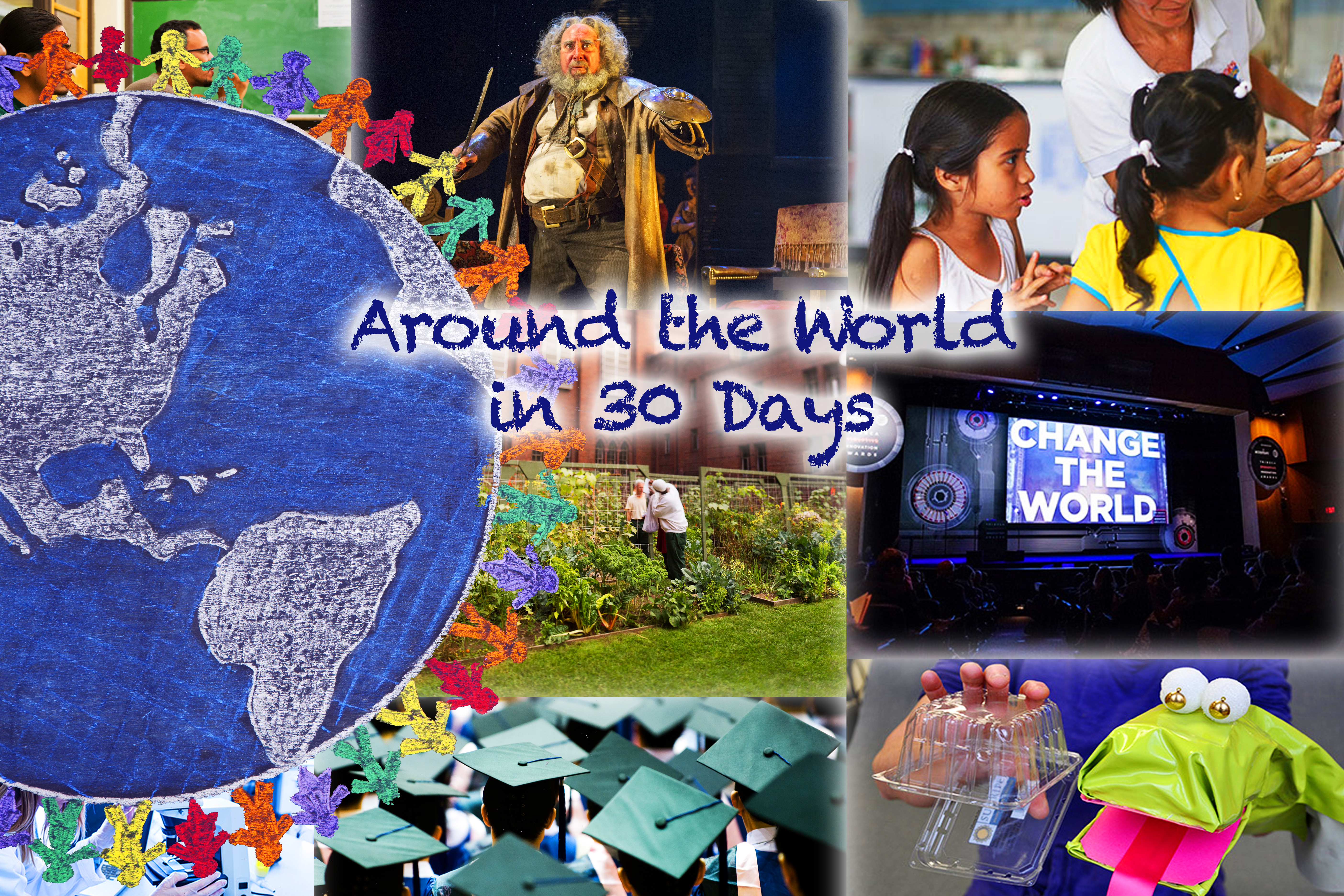
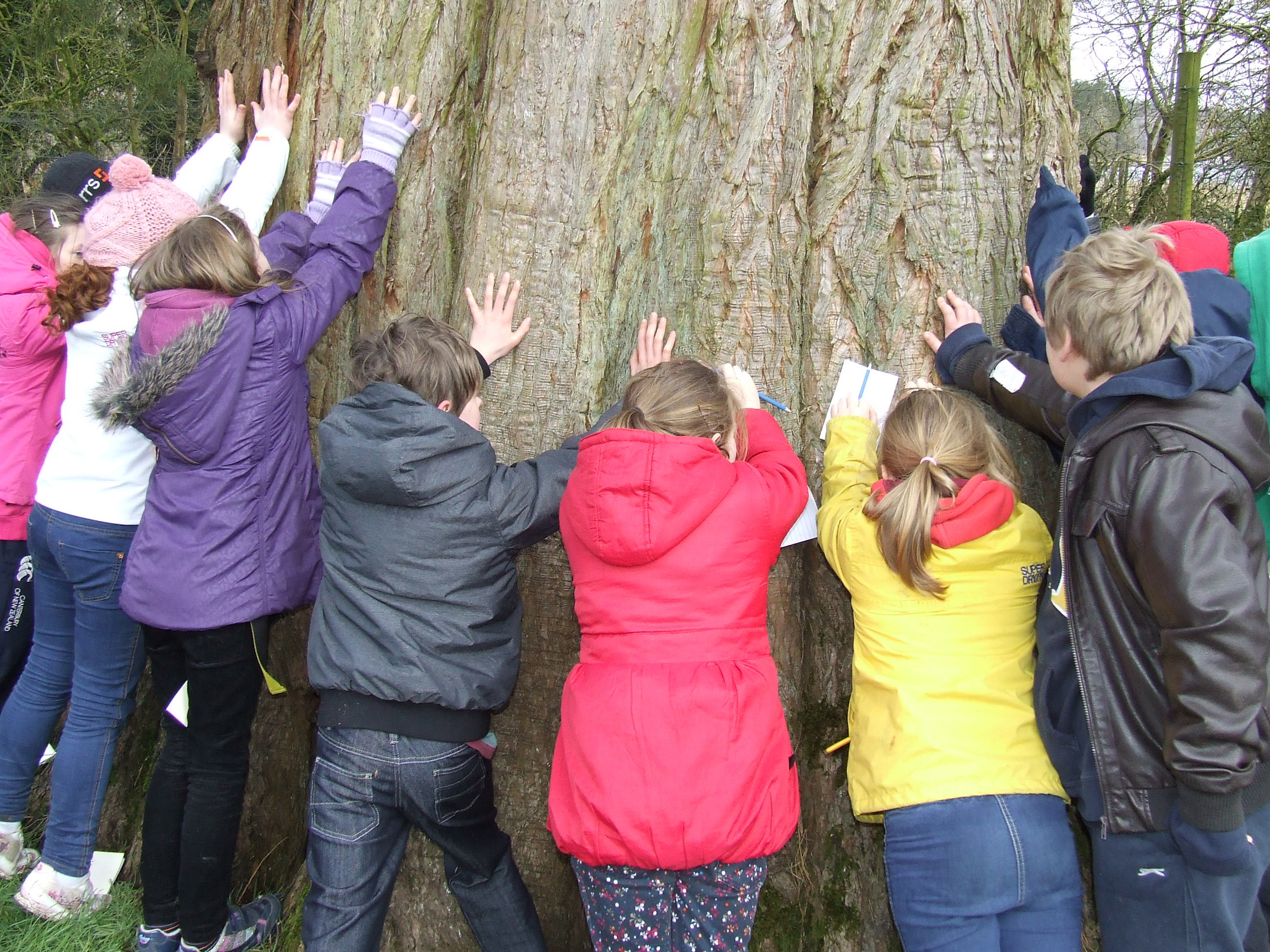
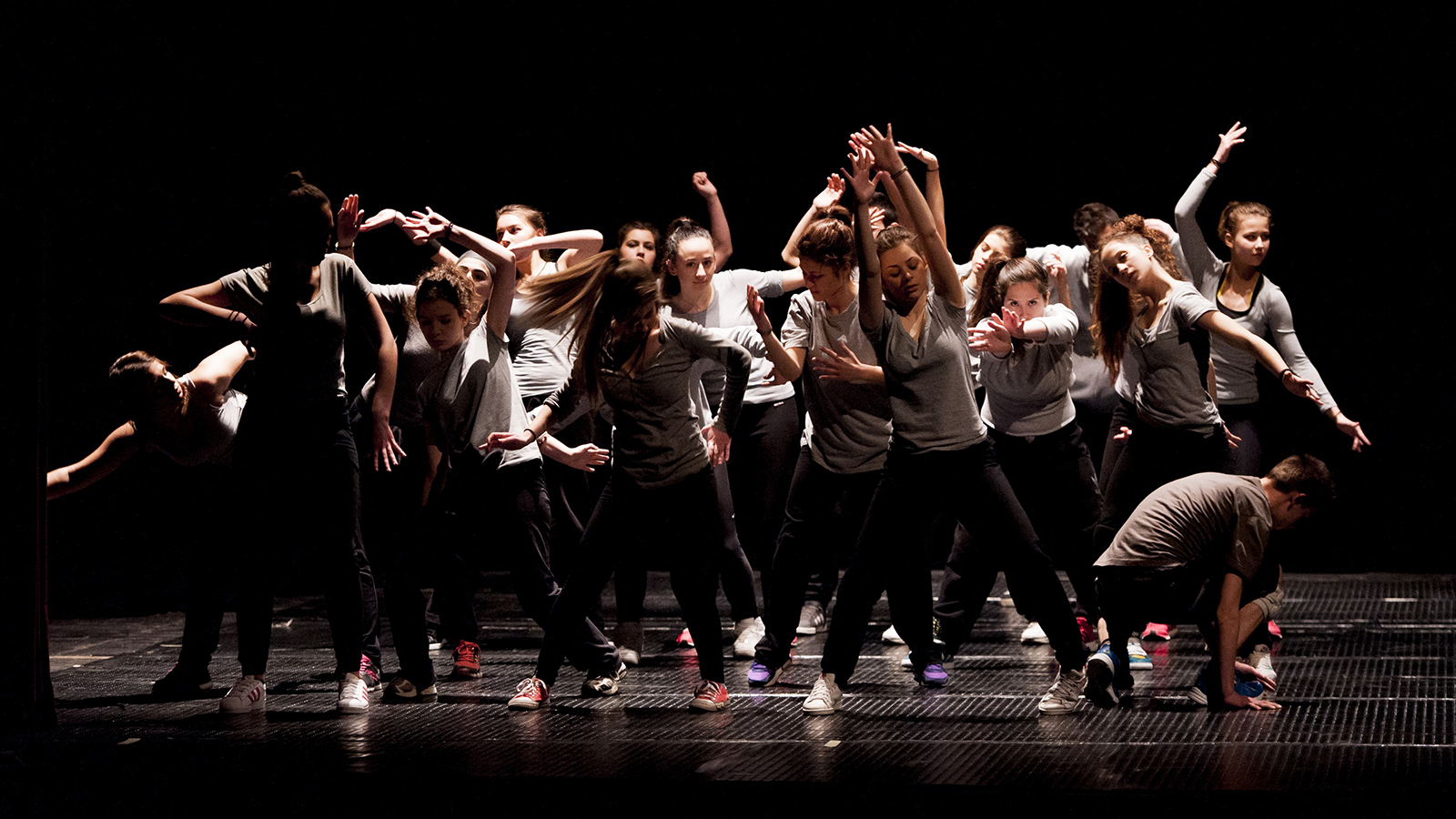
Commentaires récents